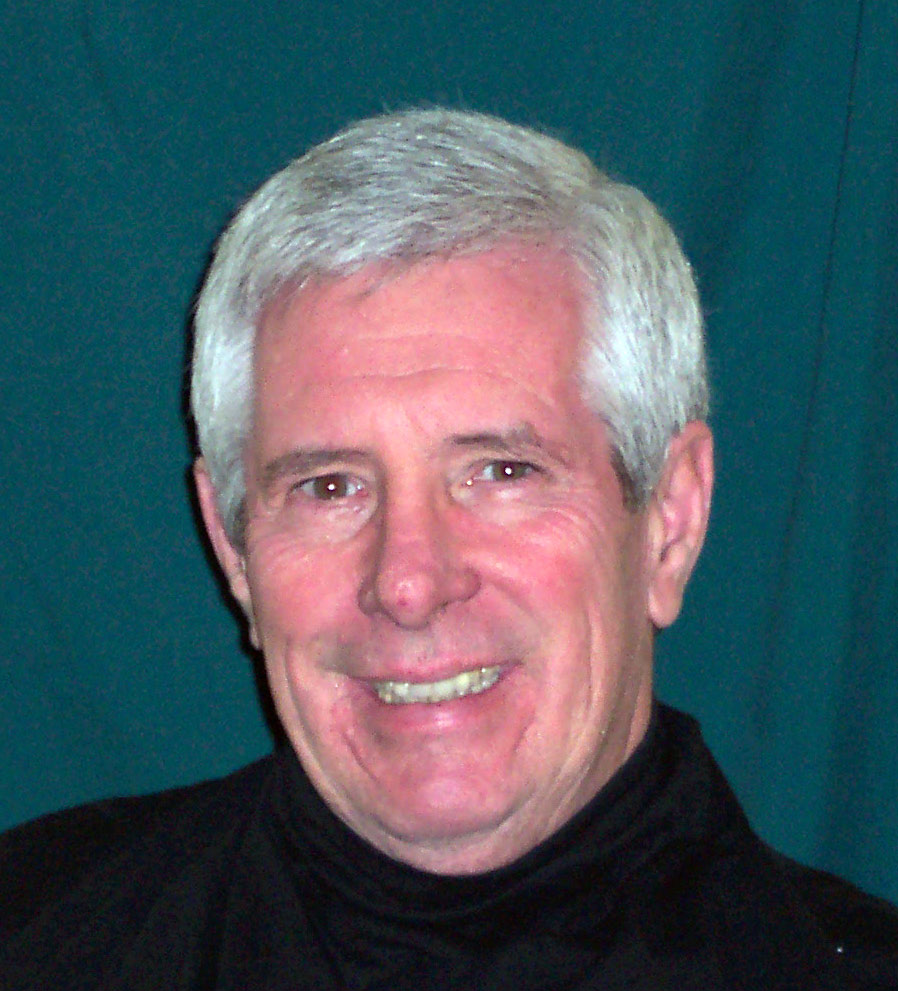
Who is Ron Truman?
Ron Truman worked as a communicator for 30 years, always
seeking novelty and excitement.
Beginning in the 1970s as an adventure sports and hunting writer for the Globe and Mail, he diversified until he was writing on skiing, travel, women’s issues, medicine and underwater archaeology. After freelancing more than 500 feature stories and an equal number of photos, he left the Globe during the recession of the early 1980s.
Several themes emerged in his post-Globe career, some more exciting than others.
Outdoor adventure and resource consulting were important until the mid-1990s. A prolific contributor to a geographic magazine which sent him on exotic assignments all over Ontario, he wrote regular columns in two outdoors magazines. He led tours of Ontario for visiting journalists. He did consulting work, speaking tours and was sent on an expedition to visit every community along James and Hudson Bays.
Algonquin Provincial Park played a part in his resource-related career. His coverage of park issues led to the cottagers` association hiring him as consultant when their existence in the park was threatened and the Ontario Native Affairs Secretariat hiring him as a consultant during a furor over a Native land claim involving Algonquin Park.
He became a speechwriter, producing countless speeches, including keynote speeches for many conferences and keeping up with an Ontario cabinet minister who wanted speeches for 100 events in 100 days. Speechwriting was one of the main sources of his income for many years.
Energy became a specialty with a focus on electricity. At first, he wrote speeches; then he became a consultant encouraging municipal participation in demand management. He played a role in the dismemberment of Ontario Hydro and was Director of Project Development for OptiSolar, getting the permits to build what was then the world’s largest solar farm in Sarnia and gaining insight into the energy crisis that lies ahead in Ontario.
Crisis communications became an important part of his career once he left newspapering. At the end of the 1980s, he was acting as Director of Emergency Information as Ontario commissioned Darlington Generating Station. He was able to use his training in crisis communications in many fields, situations not as predictable as nuclear events, which are basically pretty dull with the kind of reactors used in Canada.
The digital world was a novelty in the 1980s and he wrote extensively on digital switching for Northern Telecom, the company that was leading the way to the brave new digital world of today. Not particularly exciting in itself, but offering plenty of previously undiscovered newness.
His newspaper writing on medicine led to a contract with the Heart and Stroke Foundation of Ontario, several years of producing literature that integrated stroke material into the heart information and working on fund-raising campaigns. Depressing rather than exciting, it provided novelty in terms of medical developments and the stories of stroke victims.
It was a career that was a surprise to him. He had prepared to be an academic but yearned for the more varied writing career that journalism promised. Newspapers refused to hire him because he was too educated, so he eventually found his way into the Globe and Mail as a freelancer. He remained a self-employed contractor in communications from 1977 to 2007, taking a job once but quitting after three weeks.
Why he sought excitement and novelty may be explained by a recent book by a Toronto neuro-psychiatrist, Dr. Anthony Feinstein of Sunnybrook, who maintains that danger-tolerant and adventure-seeking journalists have naturally high levels of dopamine which taper off after they turn 40. He can accept that explanation but puzzles over how other people would know that he could tolerate risk and stress and keep offering him strange assignments, often out of the blue.
More information About This Book HERE
